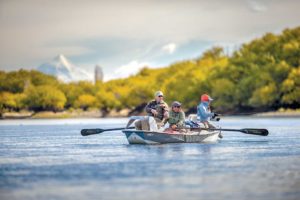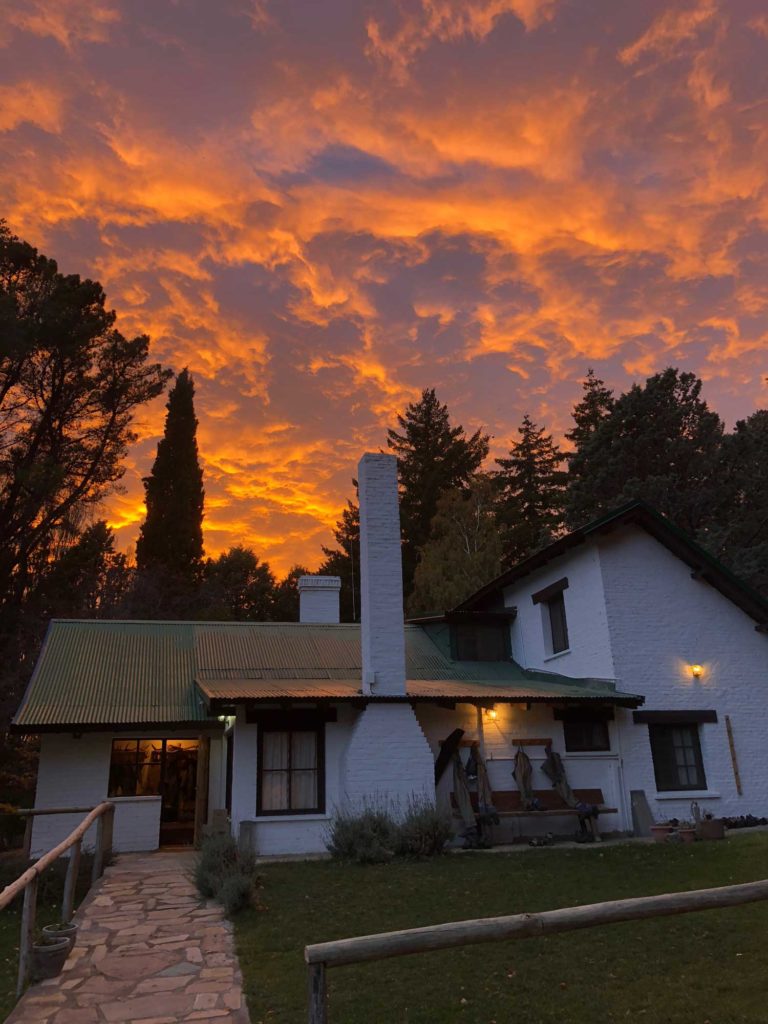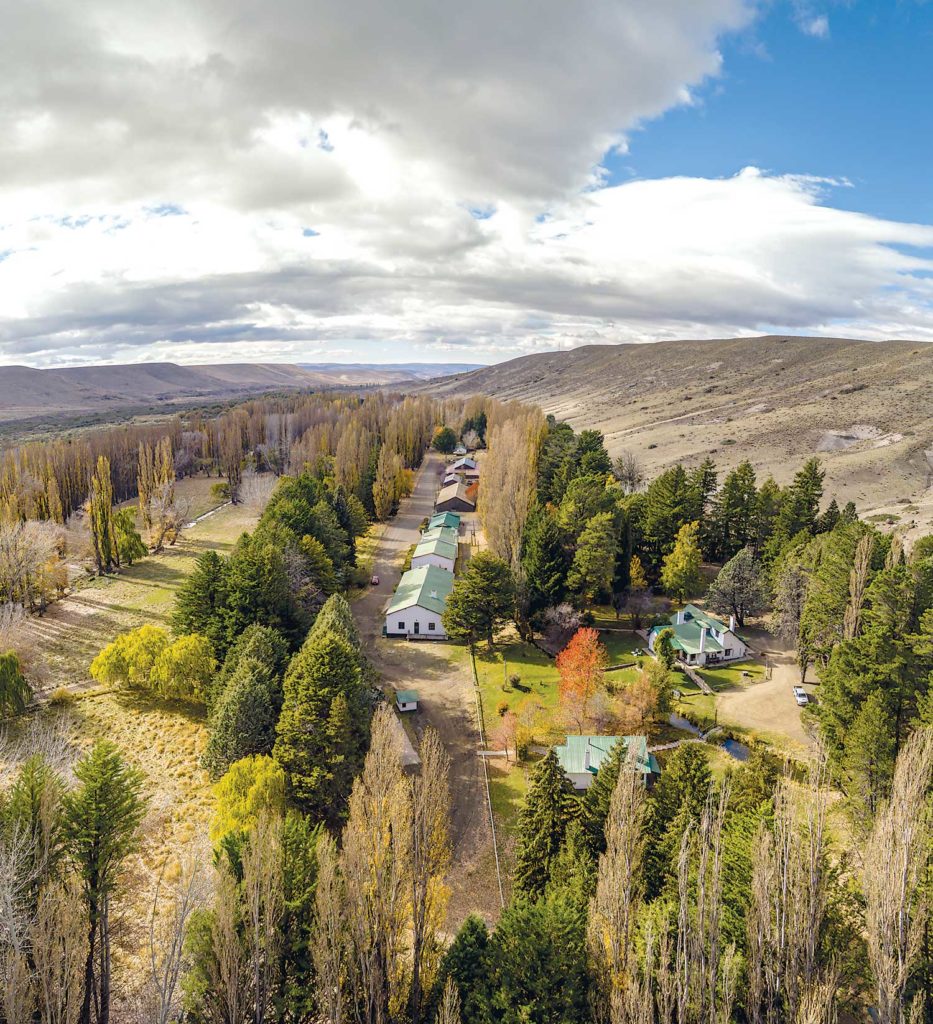East of the Sun and West of the Moon
March 26, 2021



 Fishing,Hunting,SCA Articles
Fishing,Hunting,SCA Articles
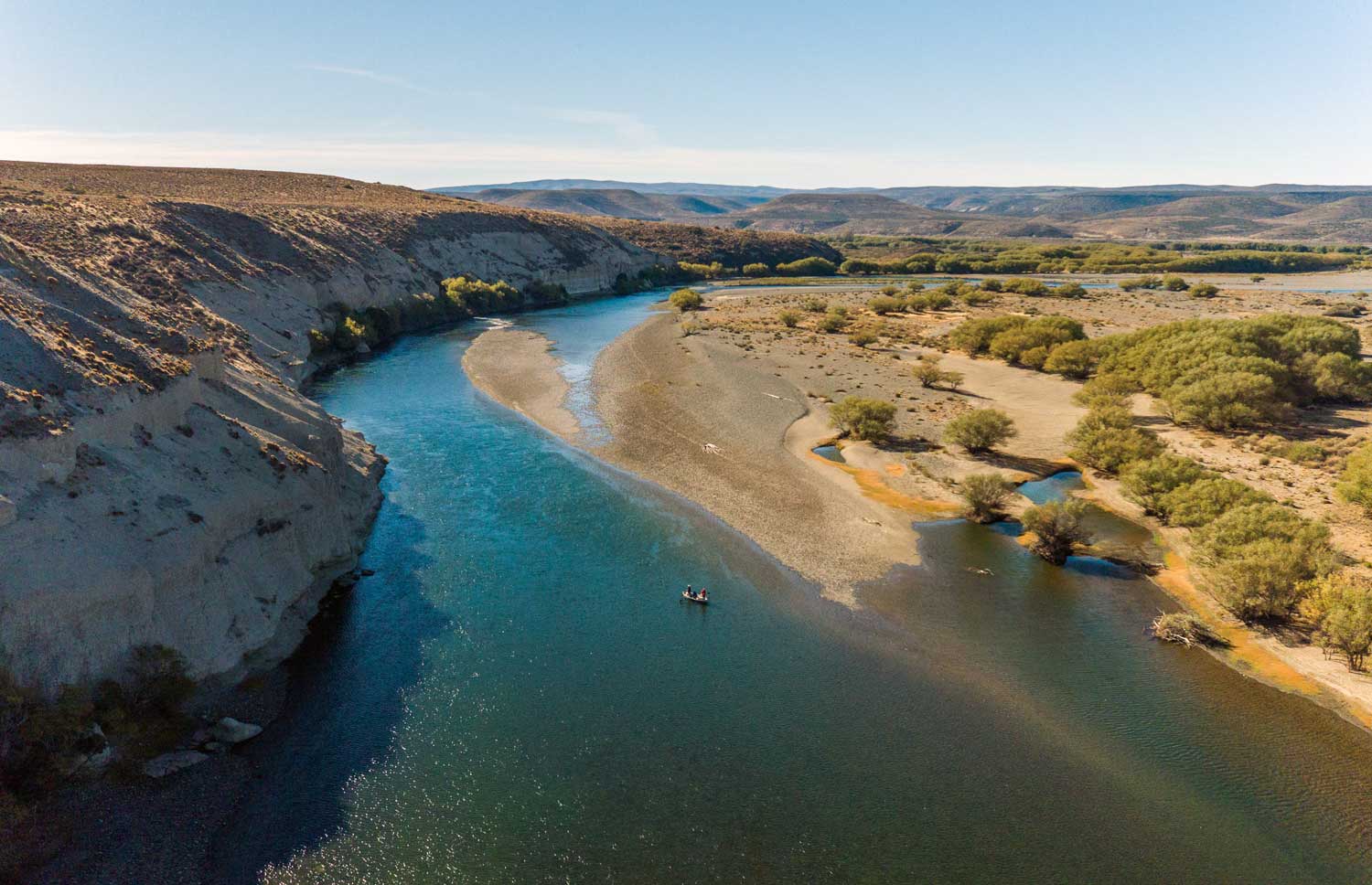
World-class trout fishing, spectacular quail hunting and giant red stags in the foothills of the Andes.
Photography by: Isaias Miciu Nicolaevici
‘Tis a lovely planet, indeed, this Earth. An unqualified, rip-roaring beaut that blinds you with its brilliance and dazzles you with its color. I never get tired of seeing it, of feeling it, of holding it close and caressing it where it needs most to be touched. It is at once young and passionate, and at the same time, it is grizzled, old and contemplative. In a long and active lifetime, I have seen much of it, each year leaving just enough to give me cause to make it through another season.
Even in that light, there are still places that excel, that exceed every expectation. There are things—places, people, moments and events that never die, that I will hold in my heart for as long as it beats.
Theodore Roosevelt, Jr. and his brother, Kermit, lived one of those great convergences of time and place in a grand adventure to the Himalayas and stole the title from an ancient Norwegian folk tale to describe it. Together, they chronicled their experience in a book they titled, East of the Sun and West of the Moon. The phrase implies a place so far and rare and exotic that it surely could exist only in the nether reaches of the mind.
It’s also descriptive of Patagonia. If you speak of Argentina, most Americans understand where and what it is. Patagonia, on the other hand, is less well known. It is a region of South America that is wilder, freer, less crowded, more distant and more severely beautiful than all the rest.
Part of what’s known as Patagonia lies within the borders of Argentina. It’s a place of snowy mountains and volcanoes, vast plains, and beautiful pristine rivers chock-full of magnum-sized trout that, on occasion, exceed 30 inches in length, rainbows and browns alike.
The foothills of the famed Andes Mountains are rife with red stag, true European boar, puma and the wildest flying “California” quail that a fellow ever imagined. The region is justly famous for its sunrises and sunsets that erupt daily with a brilliance that calls to mind the gates of Heaven. Or Hell.
My latest journey “east of the sun and west of the moon” began at a Dallas Safari Club convention and a chance meeting with a splendid fellow named Tim Cowan. Tim, as it turned out, was not only a good guy who became a friend, but also has a son named Will, who along with his wife, Lauren, run a booking agency called HookFire with an outfit in Patagonia. They call it Triple Crown Lodge for the challenge that it presents. There, you can take red stag, world-class trout and quail. All in the same day, if you’re good enough.
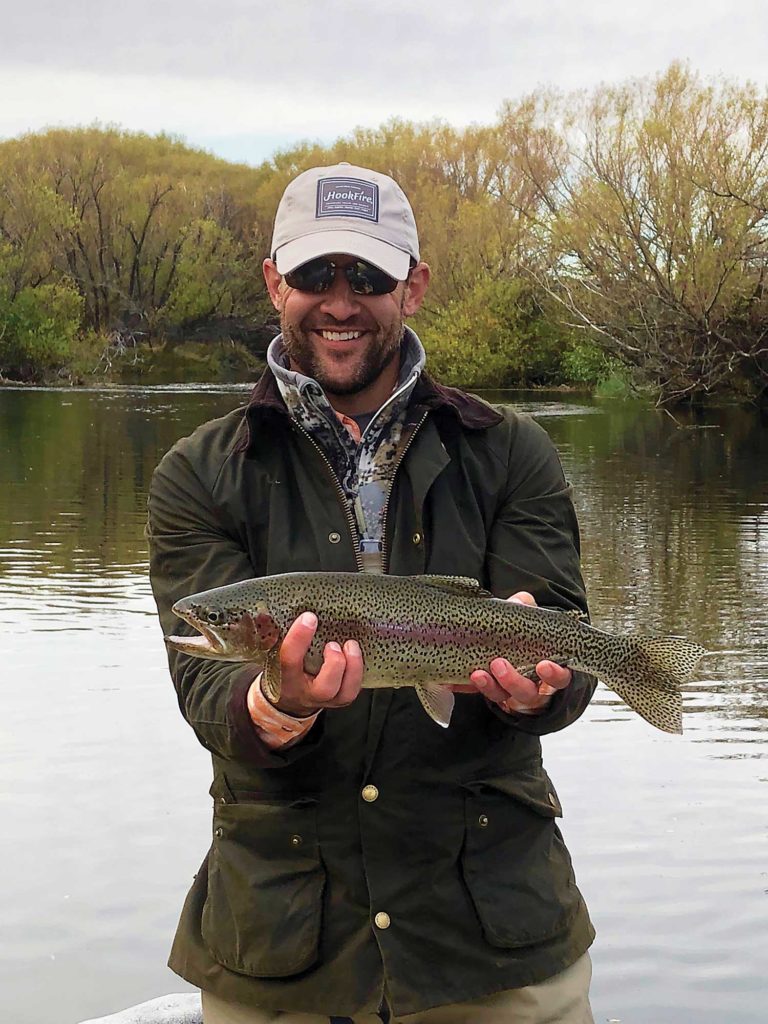
The lodge anchors the Estanciá Quemquemtreu, which consists of more than 170, 000 acres of arid brushland that lies in the shadow of the volcano, Lanín, and is bisected by the famed Collón Curá River, which provides the estancia with more than 19 miles of the finest private trout fishing in the world.
The estancia is unimaginable in its vastness, and the rolling hills and river valleys are home to an abundance of wildlife. The whole operation is first class. Not in the “gilded lily” sense, but simply in terms of being well run, good as it gets, top to bottom. Quemquemtreu is a full-time cattle ranch that is genuine, authentic Argentina in every way, and therein lies much of its charm.
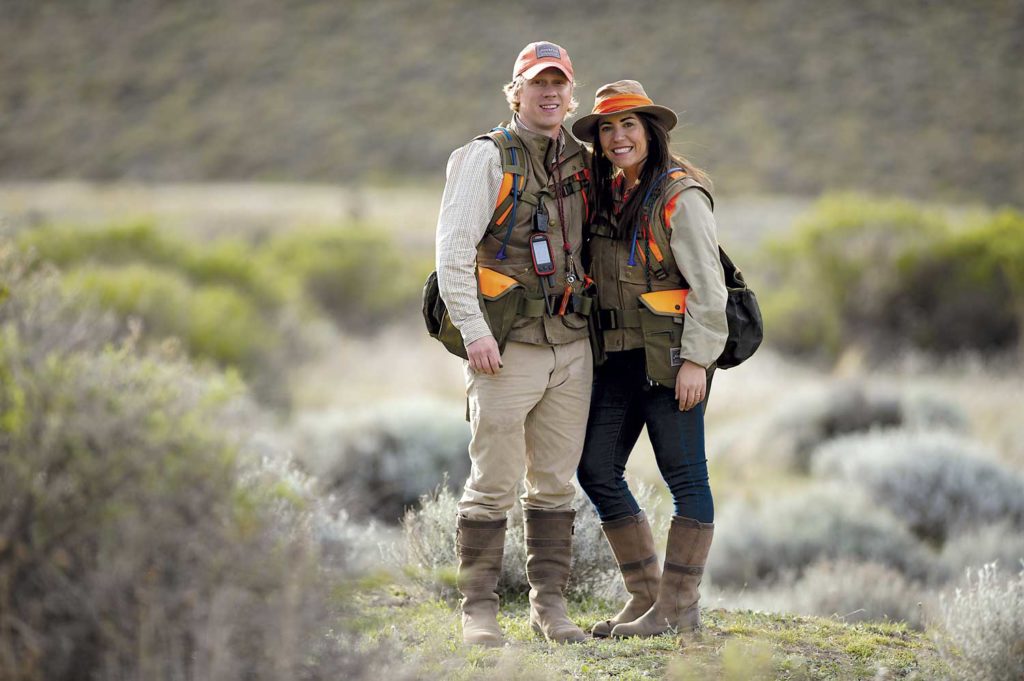
I was there one May when the big browns were running and the red stag were just wrapping up the rut. Despite its remoteness, the trip wasn’t bad—a one-hopper from Atlanta to Buenos Aires and an overnight there. Just time enough for a little rest and a grand dinner. Beef, of course, in the Argentine tradition.
The next morning we took another short flight to San Martin De Los Andes where Will and Lauren met us at the airport with a basket of empanadas and bottle of wine. There were four of us altogether: Oscar Durham, brothers Tim and Paul Griffith, all hailing from Texas, and me.
As it happened, we arrived at the estancia with a couple of hours to kill that first evening. Paul and I just couldn’t wait to get started. We literally hit the ground running, latched onto an unwary fishing guide and made haste to the Quemquemtreu stream, a tributary of the Collón Curá. We rigged up as fast as we could and in no time, we were standing in the gin-clear waters dropping flies into the runs and riffles. It paid off, too. We both caught a “double handful” of nice, fat rainbows and browns in the failing light before making our way back to the lodge for dinner.
Life at Triple Crown Lodge is laid back, if nothing else. With so much space and no competition, you can do whatever you choose. Paul, Oscar and I decided to team up with Will and a brace of lean English pointers to work on the quail that infest the sandy riverbottoms and hillside arroyos that crease the ranch. After dinner, we palavered about the coming day and formulated a plan by a fire crackling in the stone fireplace at the end of the room.
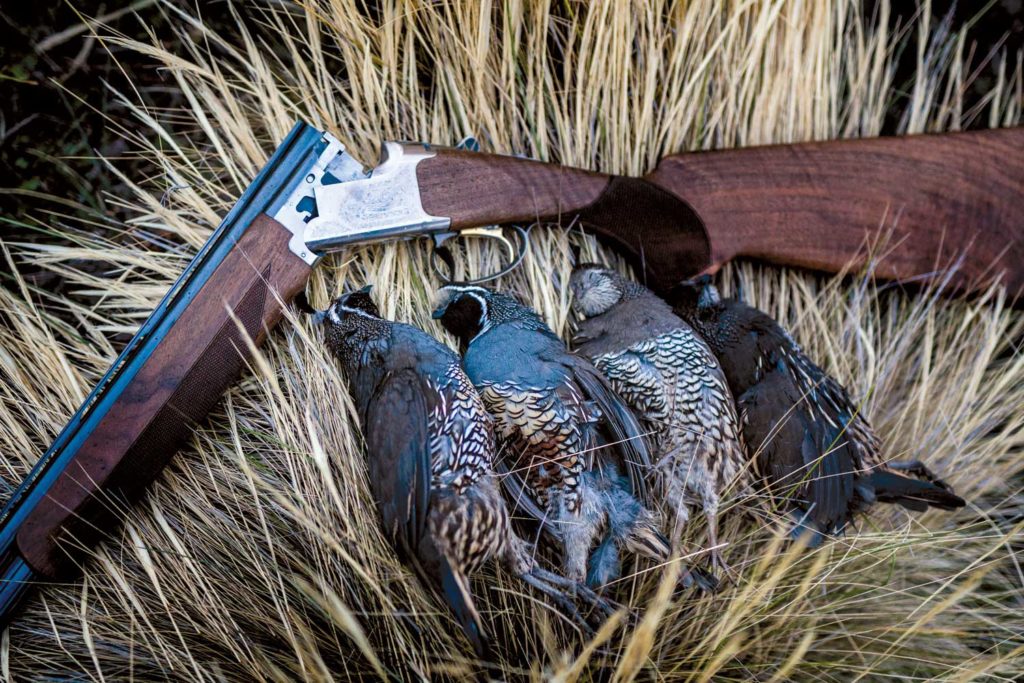
The next morning, I awoke before dawn and dressed for the chill. After grabbing a cup of coffee from the kitchen, I paused long enough to stir the fire and add a couple of logs to the embers. When I stepped outside, the eastern sky was ablaze with one of the sunrises that Patagonia is justly famous for.
After a lazy breakfast to give the breeze some time to lose its bite, we climbed aboard the quail rig and headed into the hills where we made a short cast up into a little brushy gorge that paralleled a small creek. We had good luck, there, but as “Californias” will do, they ran like racehorses and dodged us in the head-high brush. We had plenty of shooting, though, and it was as wild as wild birds get.
At the end of the run, we were about as pleased as bird hunters could be, but Will abruptly called the dogs in and loaded up.
“How’d you like that?” he queried from behind his boyish grin. He grinned again at our responses and gazed toward the hills. “Wait till you see what’s next.”
Thirty minutes later, we unloaded at the lower end of a wide, flat-bottomed valley that climbed gradually to its head a mile or so away. High bluffs guarded each side of the valley, which narrowed to no more than a hundred yards wide at the top where it abruptly fanned out into a huge flat that ran to the horizon. The ground was carpeted with knee-high grass and liberally sprinkled with thick brush that looked, for all the world, like it had been decorated with millions of red Christmas tree ornaments.
“Rosa mosqueta. Rose hips,” Will said. “The quail love ’em, and the stag do too.”
By that time, the sun had climbed a bit, and we shed a layer of clothing before starting out. We’d only gone a few yards when the dogs started getting birdy. The pointers, Buck and Red, quartered the valley floor, occasionally flash-pointing before moving on. Flint, the cocker, tagged along at heel until his services were needed.
We kicked the brush, moved on, did it again and then repeated until I idly mentioned: “Birds are runnin’ on us.”
Out came the grin again. ”Ya think?”
They were running, all right. And they kept on running until we were about three-quarters of the way up the valley. Then we started getting an occasional flush, which we properly saluted, of course. Then we got a few more. And more.
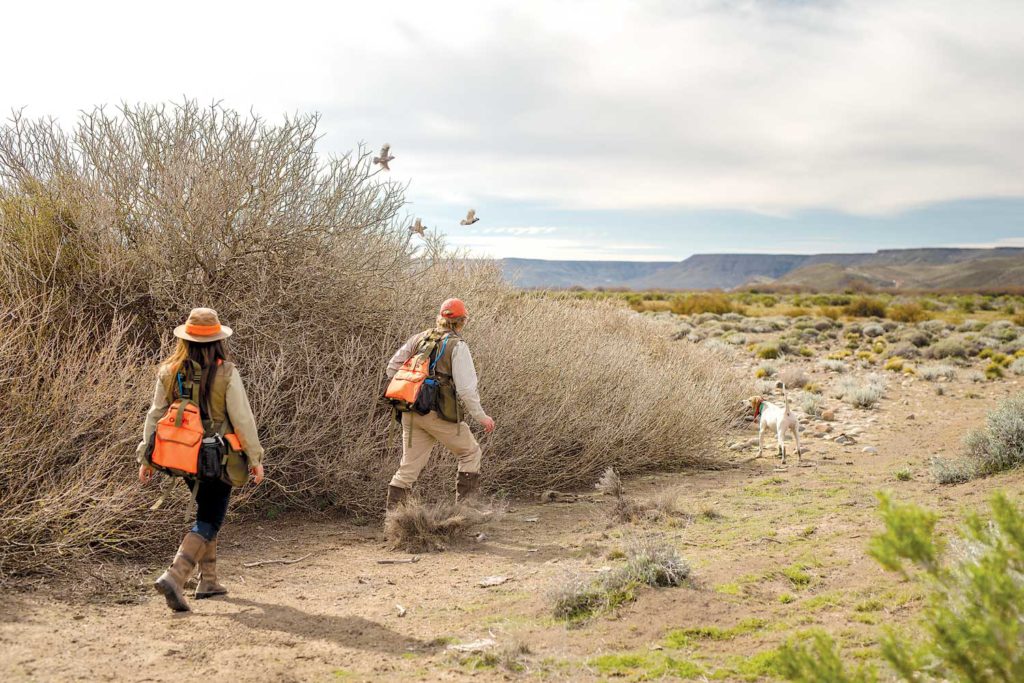
As we neared the top of the incline, all hell broke loose, as quail flushed by the hundreds! We did our best to stem the flow, but we might have been throwing rocks. We shot and reloaded and shot and reloaded until the last bird sailed into the distance, and we stood and stared at each other in disbelief.
Will’s face creased slightly. “Wanna do it again?”
We saw enough of the big red deer that day to really get my attention. Stags and hinds alike filtered through the bush with great regularity. I’ve had a life-long love affair with red deer and, at dinner that evening, we made arrangements for a couple of the guides to organize a little spot-and-stalk expedition for the next day.
Migué and Kiké were waiting with a Toyota HiLux when I finished my pre-dawn breakfast the next morning. It was a beautiful, crisp, clear fall day when we embarked, and we started seeing red deer before we were a quarter-mile from the lodge. The big stags seemed to be everywhere as we eased along the rocky two-tracks, stopping every so often to glass from high points.
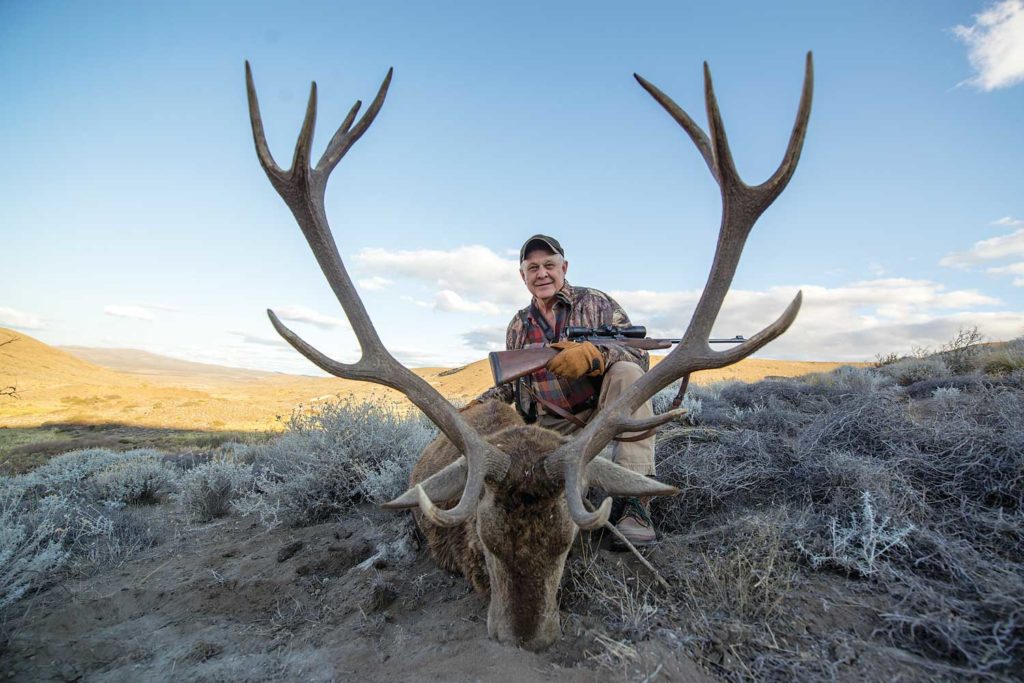
After a couple of hours, we slipped through a low gap and started into a valley that we hadn’t checked yet. We were creeping down a gradual slope to the valley floor when Migué slammed on the brakes.
“There! Where that ridge turns down.” Sure enough, there was a nice stag bedded right on the bench, where it broke away and plunged toward the bottom. He was a good 700 or 800 yards away, but nevertheless, it stood and stared in our direction when we slid to a halt.
At that, Migué eased the clutch out and continued crawling down the road, angling away from the stag. In about a half-mile, the road hooked sharply left, taking us out of sight below the ridge where the stag was standing. That did the trick, and we watched him from the rocks as he eased back down into his bed.
I’m much too old to engage in the folly of trying to stalk an animal from below, but in this case, there was really only one choice. We were on the back side of the finger-ridge that the stag was resting on and there appeared to be a small rock outcrop a couple of hundred yards below him. If we stayed behind the ridge until we got to the rocks, we might be able to get within reasonable range. At any rate, we couldn’t see any other way. And that’s just the way it worked out.
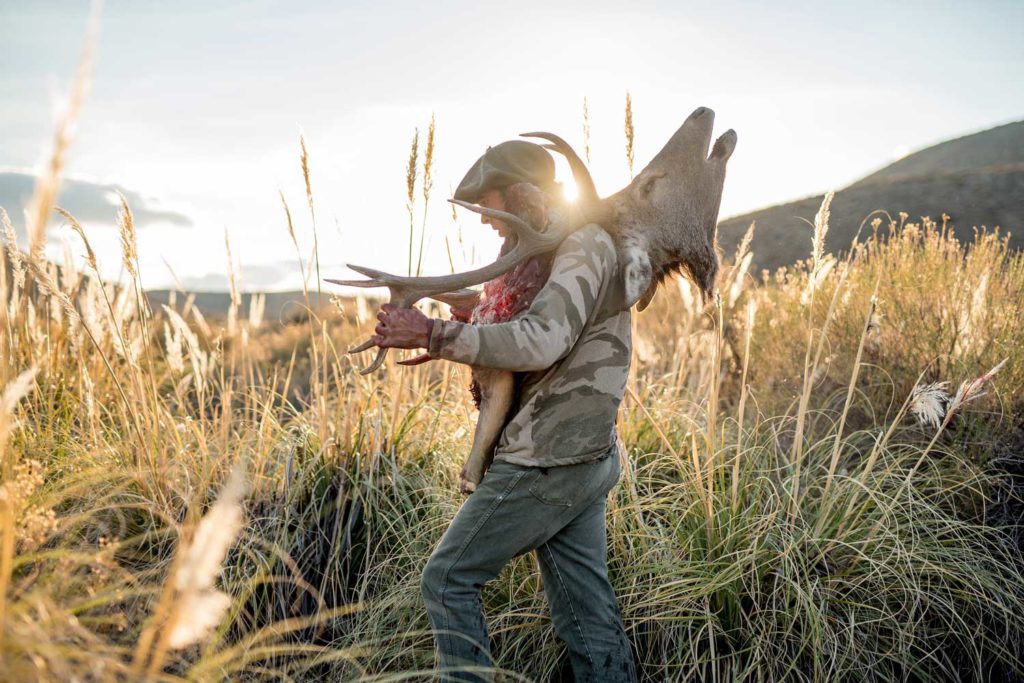
We crept upward as quietly as we could for the better part of an hour, wending our way among the boulders until we reached the little outcrop where I peeked through a small gap in the rocks and found him still lying in his bed. He didn’t stay there very long, though. He apparently noticed my slight movement when I slid the old, gray-brown Model 70 through a small opening.
Now the stag was standing, staring at the spot where we were hidden in the rocks. The really bad news was that he was back lit by the morning sun and I could barely make him out in the scope. All I could see was a halo with of antlers poking out the top.
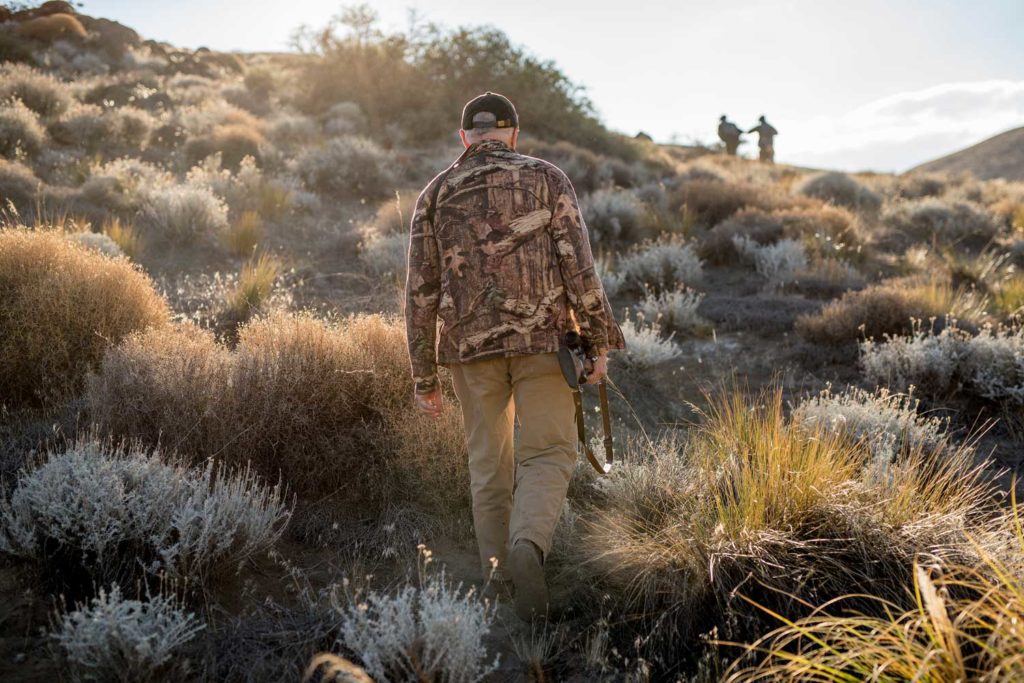
We were stalemated. Neither of us moved for several seconds until he made the mistake of taking a couple of steps in preparation for leaving. He didn’t move far, but something in the angle changed and I managed to center the crosshairs on his chest. When the trigger broke, he made a mad dash straight up the ridge only to suddenly rear up and tumble backwards, almost landing in the bed he had just vacated.
That evening, I finally decided that I had resisted the allure of the famous Collón Curá for as long as I could. Diego, the fishing guide, was available for a float down the river and Lauren had a rare free day to go with us. When dawn came, Will dropped us at our entry point and agreed to meet us downriver for lunch.
The river was nothing less than sublime. It was a couple of hundred yards wide at that point and totally clear. Snow-capped Lanín bore witness in the background. We crossed over to the far bank to where the flow undercut the grassy bank and began casting dries a couple of feet from the bank. By the time we had covered a hundred yards, Lauren and I had both collected a big, muscular rainbow. Another hundred and we had each done it again! And that’s the way it went for the rest of the day.
Frankly, the trout were testing my meager skills that day, sipping our offerings so gently that I missed more than I caught. Nonetheless, we caught a good mix of thick, husky rainbows and browns about as fast as we could.
Duffer that I am, I managed to handle most of the fish I hooked. Except for one that I still call, “the submarine.” It was the gentlest of sips, hardly noticeable, but once I gave him a little pressure, he set off across the current so fast that he was gone before I knew it, and I was left there with my mouth open and my line waving in the current. I’ve never hung a trout that strong, and I still dream of him in idle moments.
Before we left, there would be even more trout. And more quail. And red stags streaming across the ridges on their way to their wintering grounds in the mountains.
Early on the last morning, we followed the tracks of a big male puma for a mile or more as he hunted a winding, sandy trail along the river. To me, the image of the big cat has come to symbolize Patagonia, a place so far, so wild, so free that it can only exist in the nether reaches of the mind—east of the sun and west of the moon.
IF YOU WANT TO GO:
For information on HookFire Triple Crown Lodge, call (214) 296-2833 or 1-866-842-1998. Visit their website at www.HookFire.com or email Lauren@HookFire.com.

